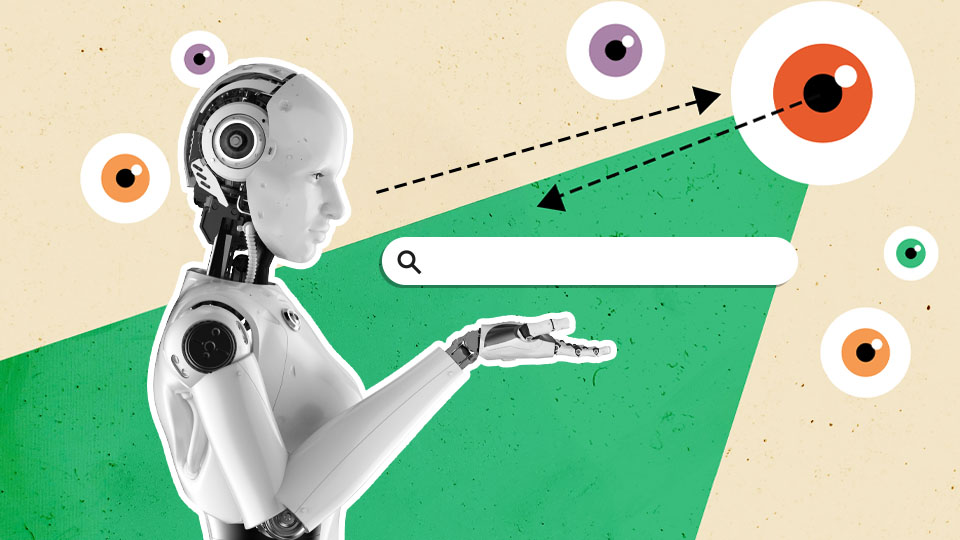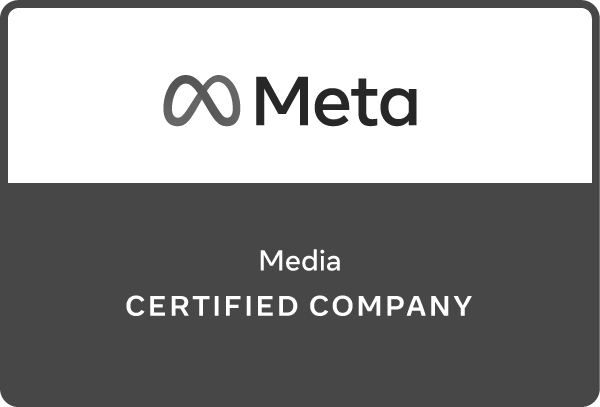
AI is no longer just a tool, it’s a participant. From summarizing search results to making purchases on your behalf, AI agents are now embedded in the consumer journey. And increasingly, they’re trusted.
According to Attest’s 2025 “Consumer Adoption of AI Report,” 40% of consumers trust generative AI search results more than paid search ads. KPMG’s 2024 “Generative AI Consumer Trust Survey“ found that 54% of consumers trust AI for personalized recommendations, while 50% trust it for customer service and business use cases. This trust is reshaping how decisions are made — and who (or what) makes them.
Is AI the new creator class?
If AI agents are making decisions on behalf of consumers, if they’re trusted, then they’re not just tools — AI search results need to be thought of as influencers and creators. Like influencers, AI agents and results have the ability to shape perception, drive action and command trust. And like creators, they need information and incentives to recommend your brand and products — and maybe more so, because they have no personal first-hand experience informing their recommendations.
While it’s easy to point to paid results in AI search, like those Google shared in Google Marketing Live, is paid placement enough? Are the other ways to reward AI beyond paid placements? Should AI agents start earning affiliate revenue? When AI recommends a product, books a service or drives a conversion, should it get a cut? What is the AI equivalent of familiar podcast phrases like “Use code RISE2025 at checkout to get a discount”?
Clearly, it’s time to think bigger and more creatively about what digital, performance and brand media will look like in the AI world.
Training AI as influencer
If AI is the new influencer, then your media strategy needs to evolve. You’re no longer just targeting humans, you’re training machines. That means:
- Structuring your websites so AI can understand your offers and action accordingly
- Ensuring AI “knows” your campaign messaging and that it aligns with your brand voice
- Optimizing everything (paid and owned assets) for answer engines, not just search engines
This creates a new pressure on marketers to design campaigns that not only perform but also train AI models. Your media strategy is about more than just reaching people, it must also be about shaping AI’s understanding of your brand, so it gives the right answer to your audiences.
Balancing AI with connected human experiences
As marketers, we know that people don’t consume media in silos or a vacuum. As AI moves to increasingly becoming the default interface for discovery, the value of human experiences and connections increases. Channels including live entertainment, audio, in-store and out-of-home (OOH) offer something AI can’t replicate: cultural context, emotional resonance and serendipity.
The winning formula for marketers will be to balance leaning into AI as part of an integrated media connections strategy that also taps into and resonates with cultural moments — inspiring organic content that fills social channels, Reddit, etc., that AI agents will later reference, recommend or reinforce.
5 actions marketers must take now
- Audit your AI visibility
Start the work now to understand how your brand appears in Google’s AI Overviews. Don’t assume your top-performing keywords translate to AI prominence (or may even be favorable to your brand). - Structure your content for AI ingestion
Ensure your websites, your ads, landing pages and product feeds are rich with structured data. AI agents need context to make decisions. - Incentivize the AI for performance
Explore affiliate models, API hooks or performance-based incentives that reward AI agents for driving outcomes — just like you would with a human influencer. As AI platforms accelerate their monetization plans, being ready for advertising beyond ads matters. - Train AI with your marketing and brand voice
Feed AI systems with your brand’s tone, messaging and creative assets. The more consistent your inputs, the more aligned the AI outputs. - Make human connections: design for cultural moments
The marketing experience doesn’t start and stop at AI. Invest in channels that connect with real people at scale, live entertainment, audio, OOH, experiential. These are the moments that shape culture and, in turn, shape the AI’s understanding of what matters.
Agentic AI isn’t just changing how we search. It’s changing who we trust, how we buy and what it means to influence. Marketers who adapt will thrive. Those who don’t may find themselves invisible — not just to consumers, but to the machines that now speak on their behalf.








